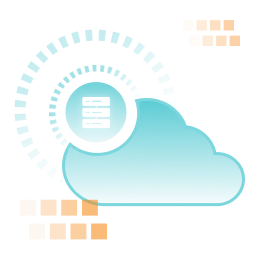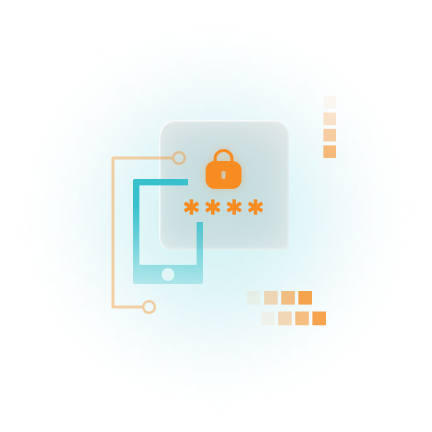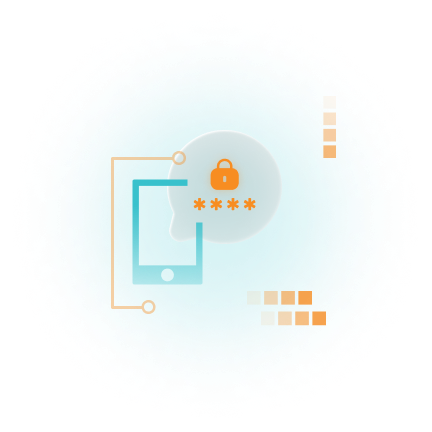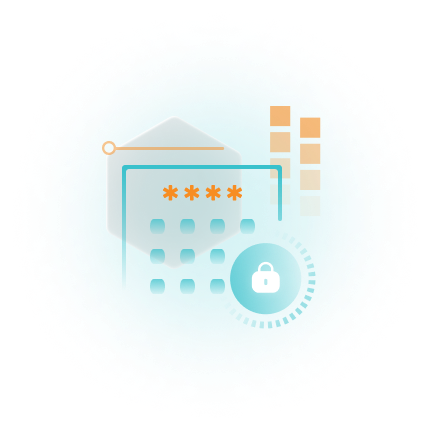Enrollment Orchestration
Simplify and secure your user enrollment process with Veridium’s advanced Enrollment Orchestration. Veridium’s Enrollment Orchestration ensures seamless and secure user onboarding across diverse environments.

Flexible Deployment Options by IAL (Identity Assurance Level)
Whether deployed on-premise, in a hybrid setup, or fully in the cloud, Veridium’s Enrollment Orchestration platform provides the flexibility needed to support diverse IT environments. This ensures that organizations can implement a consistent and secure enrollment process regardless of their infrastructure. Veridium’s platform integrates seamlessly with existing identity management systems and supports a wide range of authentication methods, ensuring that users are enrolled securely and efficiently, no matter where they are or what devices they use.
Continuous Authentication even as On-Prem Solution

Protect against Identity Threats during Sessions

Manage your User Enrollment by Groups and Risk Levels

Build with full confidence
and Zero Trust – Veridium
Read our Fact Sheet

Identity Assurance Platform
Insurance
Explore how Allianz Group enhanced security and streamlined user experience with Veridium’s Zero Trust authentication. See the case study now.

4F-ID Verification
Discover how the Hamburg police use Veridium’s 4F ID technology for fast, reliable fingerprint identification in the field. See the case study now.

4F-ID Verification
Cuy Móvil Revolutionizes SIM Card Registration with Veridium 4F-ID Technology. See the case study now.

Identity Assurance Platform
- Financial Institutions
Learn how Six Group leverages Veridium’s cutting-edge solutions to enhance security and streamline authentication processes. See the case study now.
Business Value & Use Cases

Enrollment Orchestration
Streamlined Enrollment Process
Veridium’s Enrollment Orchestration platform simplifies the user onboarding process, making it efficient and secure. By automating enrollment workflows, organizations can quickly and easily add new users, ensuring that they have the necessary access from day one. This streamlined process reduces administrative overhead and minimizes the risk of errors, ensuring that user credentials and access rights are accurately assigned. Veridium’s platform supports various enrollment methods, including biometric registration and multi-factor authentication, providing a seamless and user-friendly experience.

Based on user roles, risk profiles, and regulatory requirements
Dynamic Identity Assurance Levels
Veridium’s platform enables organizations to assign different Identity Assurance Levels (IALs) during the enrollment process based on user roles, risk profiles, and regulatory requirements. Higher assurance levels can be assigned to users with access to sensitive information or critical systems, requiring more stringent authentication methods such as biometrics and multi-factor authentication. This dynamic approach ensures that security measures are appropriately matched to the risk associated with each user, enhancing overall security and compliance with industry standards such as NIST, GDPR, and HIPAA.
Digital Sovereignty in Multi-Cloud Environments
Identities are the most sensitive data in an organization; should you entrust all
identities to the cloud?

Repatriation involves returning sensitive data from the cloud back to on-premises systems for enhanced security.













